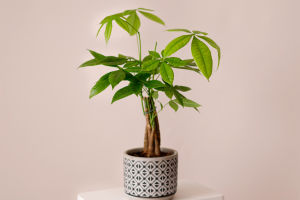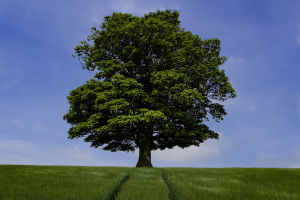The humble coconut might seem like just a tropical treat, but it has an extraordinary journey that takes it from towering palms to products we use daily.
From food to cosmetics, this versatile fruit's path from tree to table is fascinating.
Let's dive into the life cycle of a coconut and how it reaches us in countless forms.
The Birth of a Coconut on the Palm Tree
Coconuts grow on the coconut palm tree (Cocos nucifera), which thrives in warm, coastal regions. These towering trees, often reaching up to 100 feet tall, produce coconuts in clusters that take about 12-13 months to fully mature. While the outside of the coconut is green, the inside is packed with essential layers: a hard shell, thick fiber husk, and inner meat, known as "copra."
Harvesting: A Skilled Job
Harvesting coconuts isn't a simple task. In many regions, skilled climbers, often barefoot, scale these tall palms to knock down ripe coconuts. Elsewhere, trained monkeys are even used in places like Thailand to pick coconuts! Once on the ground, these coconuts are sorted by ripeness and quality.
Processing the Coconut: Multiple Layers of Use
After harvest, coconuts go through various processes to separate each layer for specific uses.
- Coconut Water: Inside young coconuts, there's a refreshing, nutrient-rich liquid. Coconut water is extracted, filtered, and bottled to become a popular health drink.
- Coconut Milk and Cream: The white meat, or copra, is extracted and blended to make coconut milk and cream, key ingredients in many cuisines. After grating, the copra is squeezed and pressed, creating a creamy liquid with a rich flavor.
- Coconut Oil: Coconut oil, another product from copra, is highly valued for cooking, beauty products, and even biofuel. The dried copra is pressed to extract oil, which can be refined for an intense coconut flavor.
- Coconut Flour: After extracting oil from the copra, the leftover pulp is dried and ground into coconut flour, a gluten-free alternative for baking.
- Desiccated Coconut: For sweet treats and baking, desiccated coconut is made by drying and shredding the coconut meat. It's widely used in sweets, granola, and as a topping.
The Journey Beyond Food
Coconuts aren't just about food; every part of this fruit is used creatively.
- Coconut Shell: The shell is often polished and carved for jewelry, bowls, or even eco-friendly utensils. It's also used in activated charcoal for air and water purification.
- Coconut Husk: The husk's fibers, known as coir, are strong and versatile. Coir is processed and woven into mats, ropes, brushes, and even used in eco-friendly soil for gardening.
Global Impact and Sustainability
Coconuts have become a global industry, providing jobs and income to millions, especially in countries like the Philippines, Indonesia, and India. This fruit is highly sustainable as nearly every part is used, reducing waste. Coconut farming also supports biodiversity in coastal areas and requires relatively low pesticides or fertilizers.
From Kitchen Staples to Beauty Must-Haves
At home, coconut-derived products have become essentials in many households. Coconut oil, for example, is a favorite for cooking, skincare, and hair care. Its natural antibacterial properties make it ideal for everything from body moisturizers to lip balms. Coconut-based ingredients like milk, flour, and desiccated coconut add flavor and nutrients to countless recipes.
The Coconut: A Versatile Wonder
This tropical gem goes far beyond just being a food source. Its versatility, sustainability, and health benefits have made the coconut an essential in various industries worldwide. So, the next time you sip coconut water, add coconut oil to a recipe, or use a beauty product with coconut, remember the incredible journey it took to get to your hands.
How to process a whole coconut (5 ways)
Video by Leelalicious


